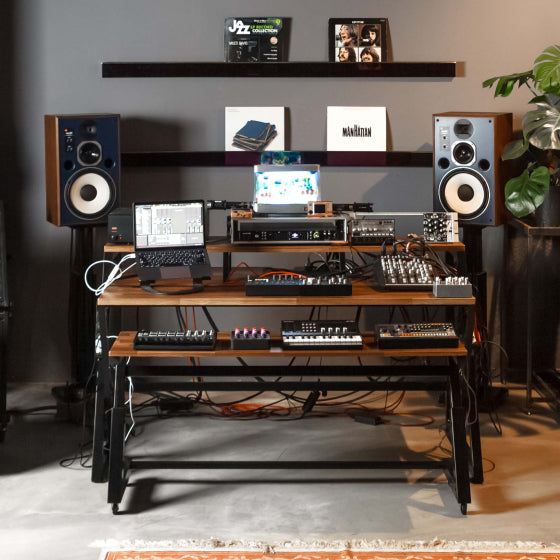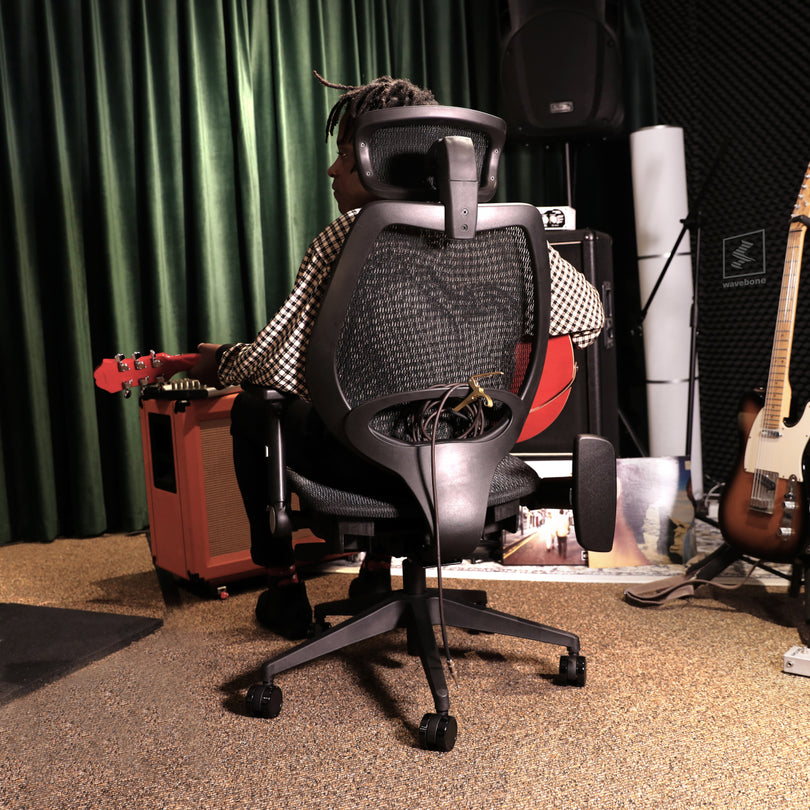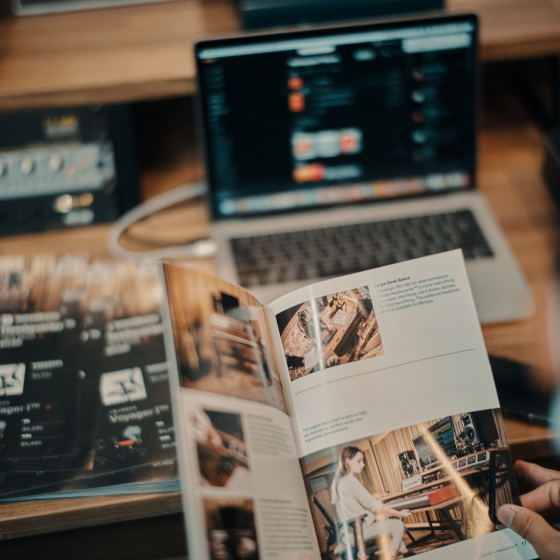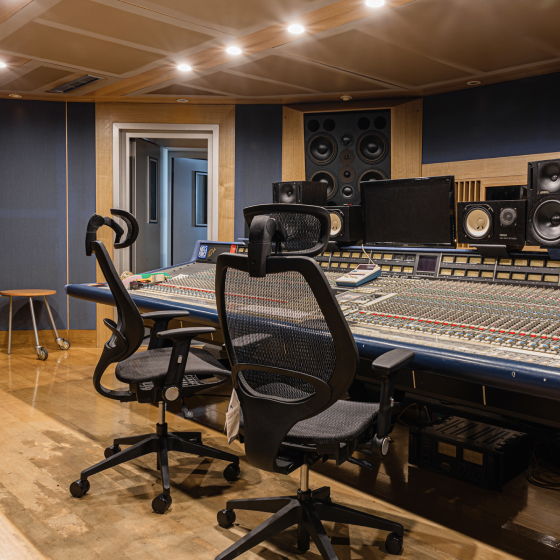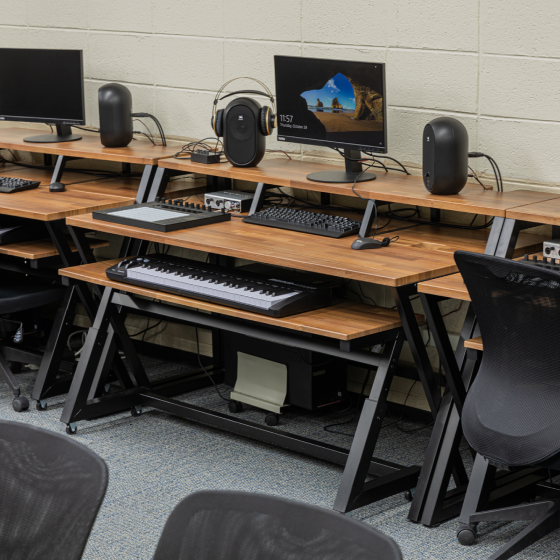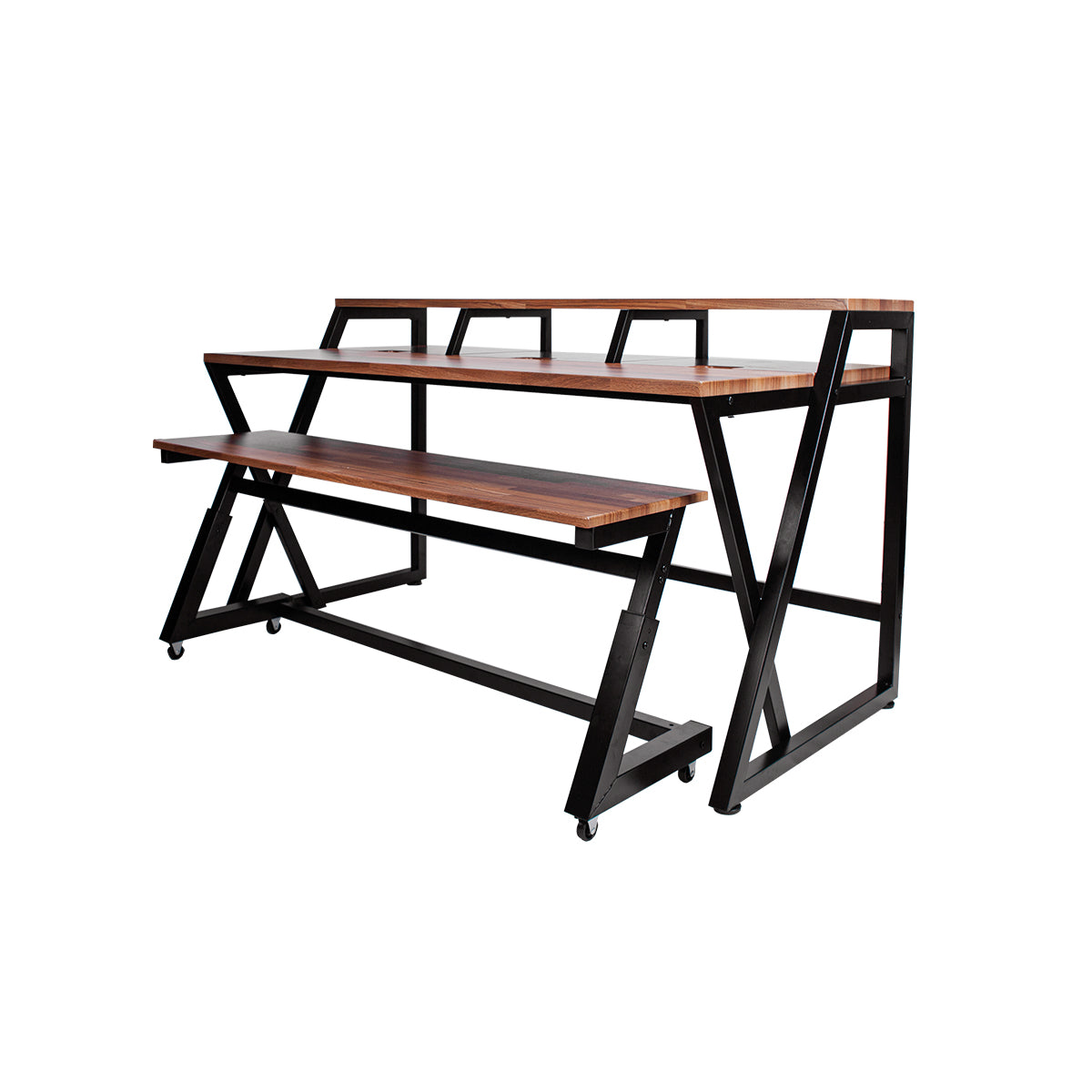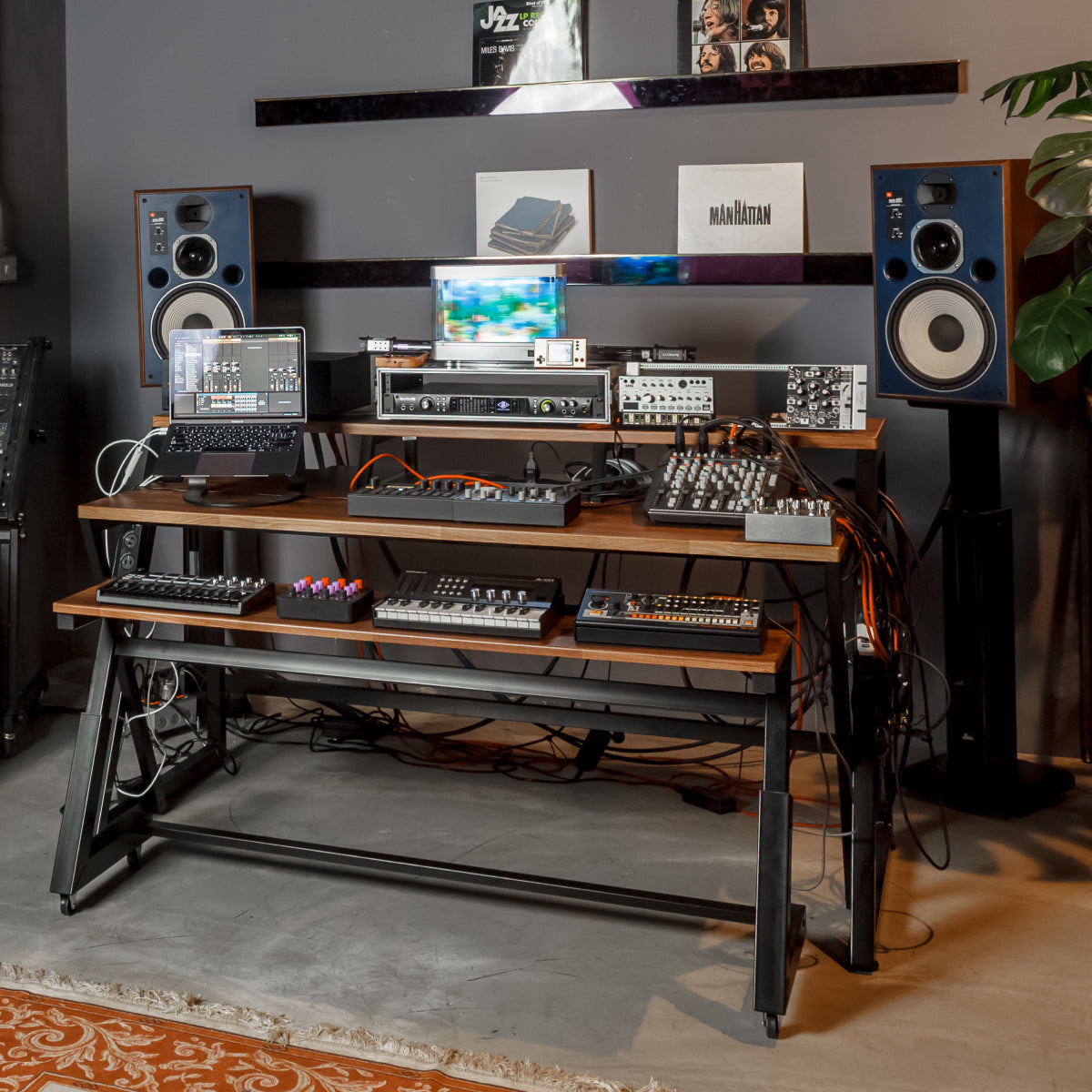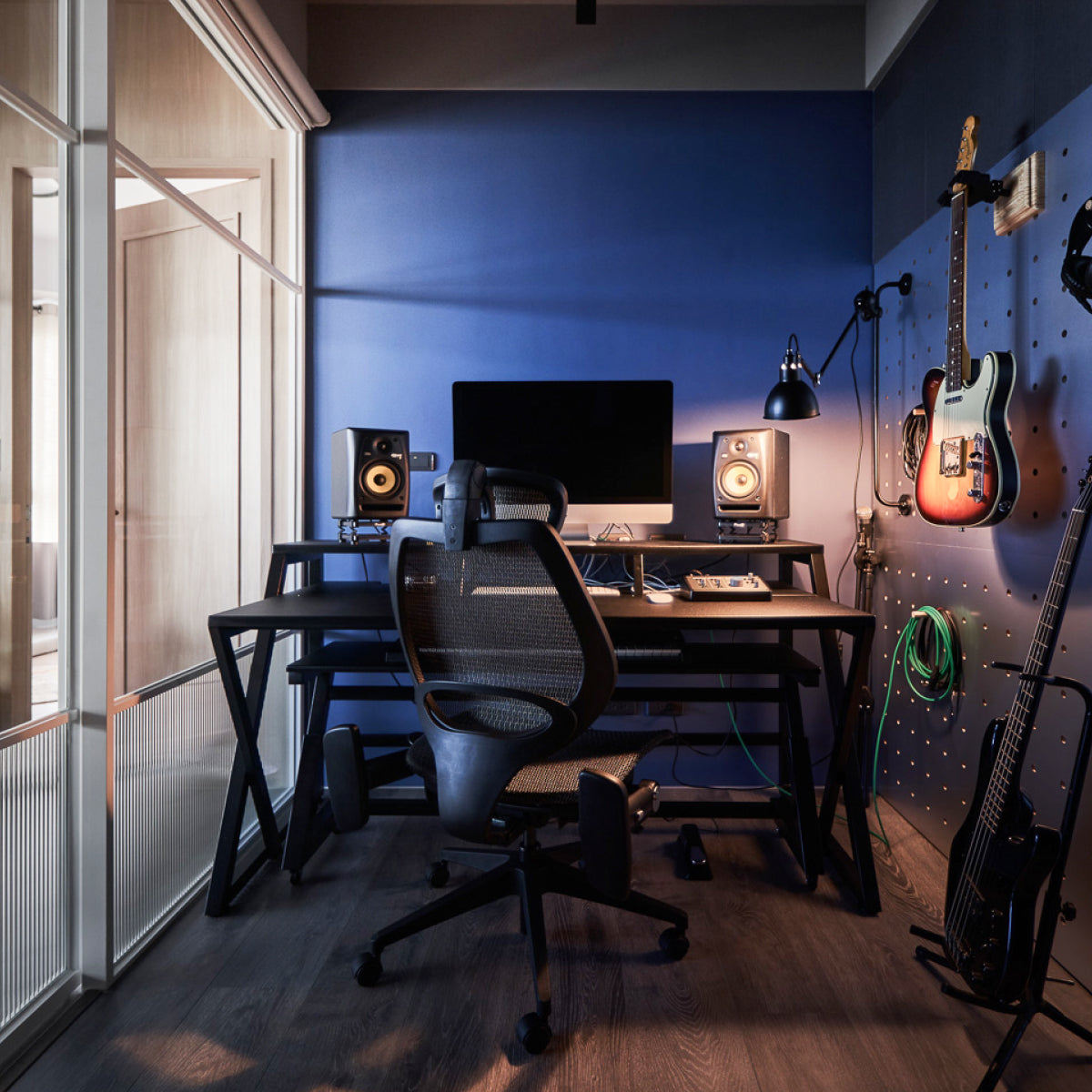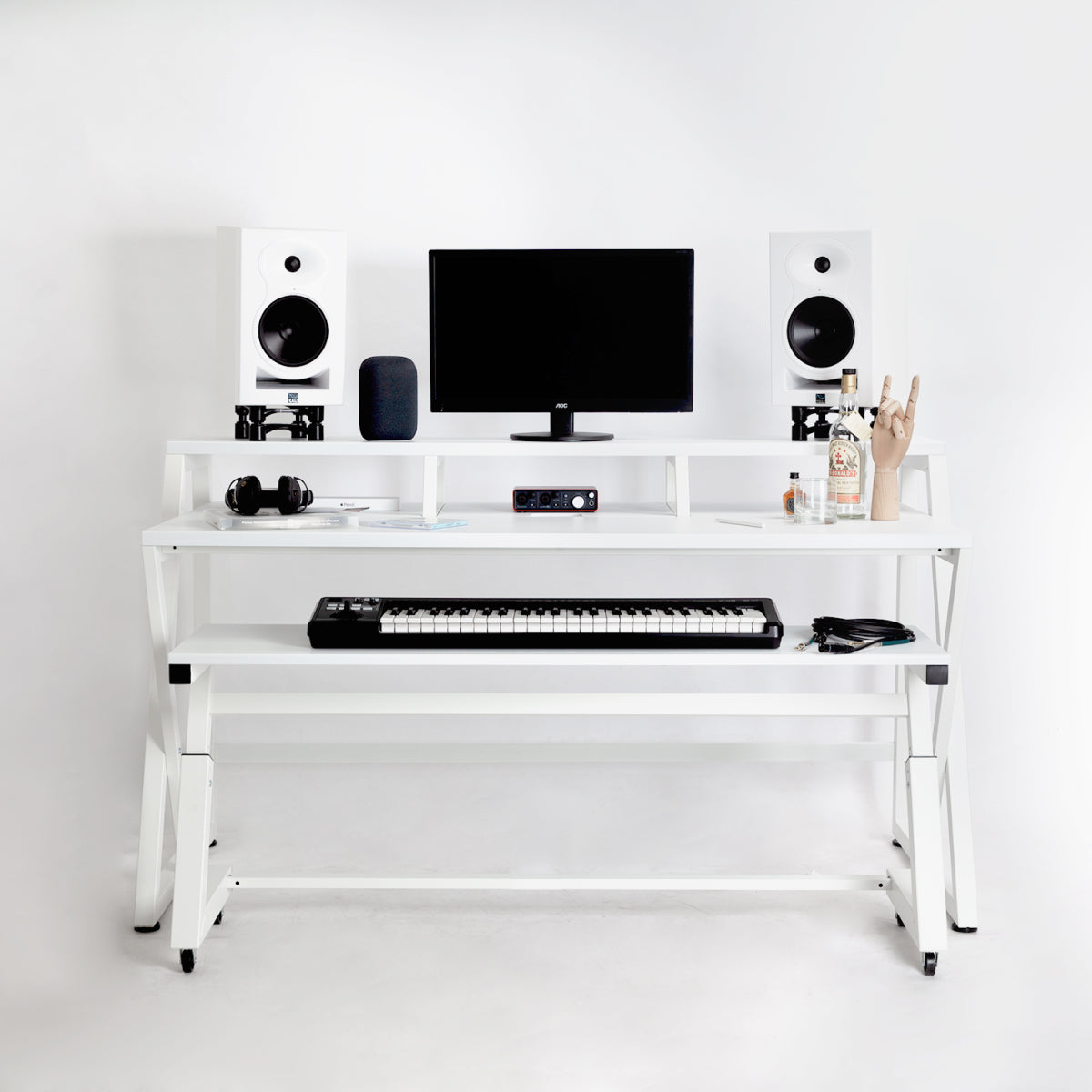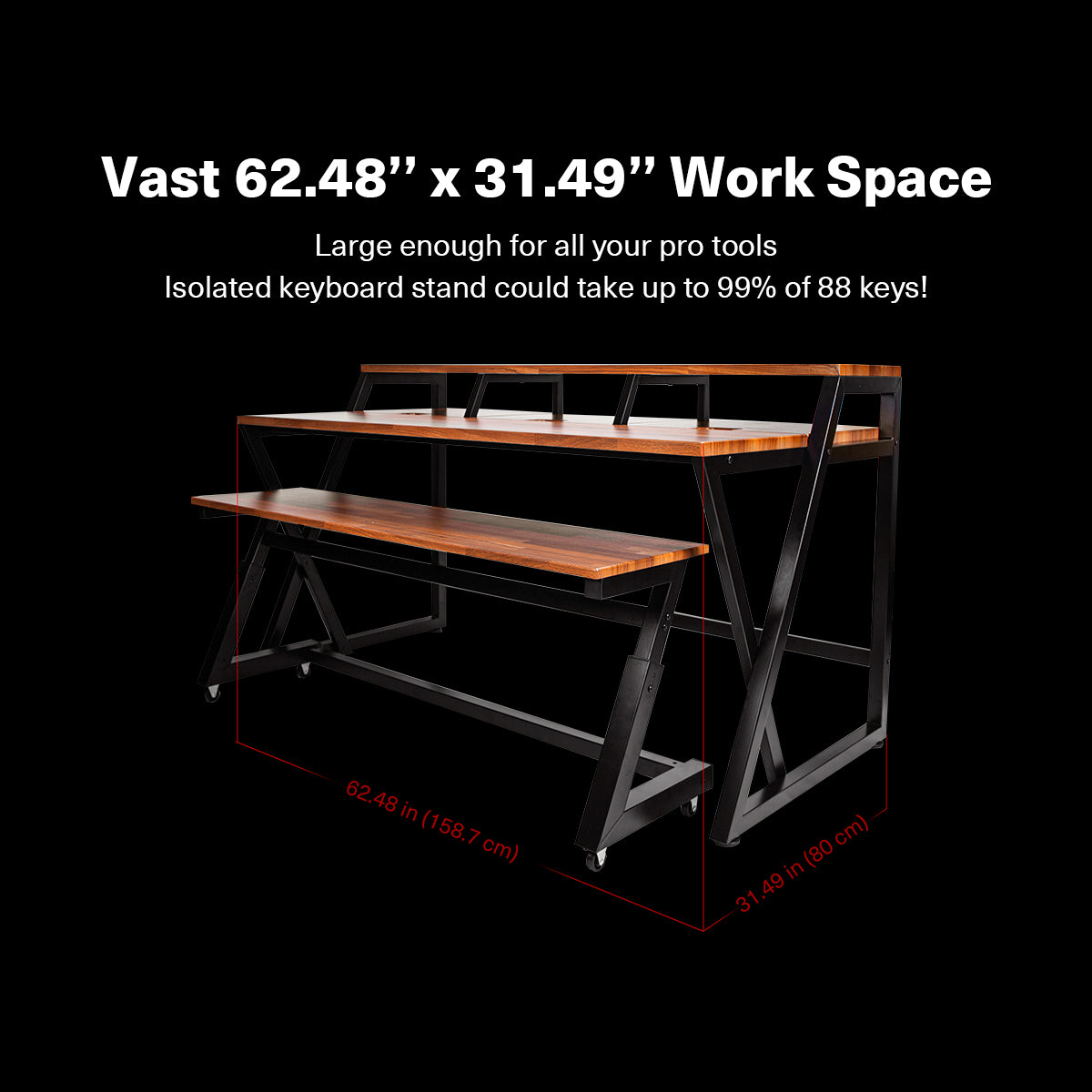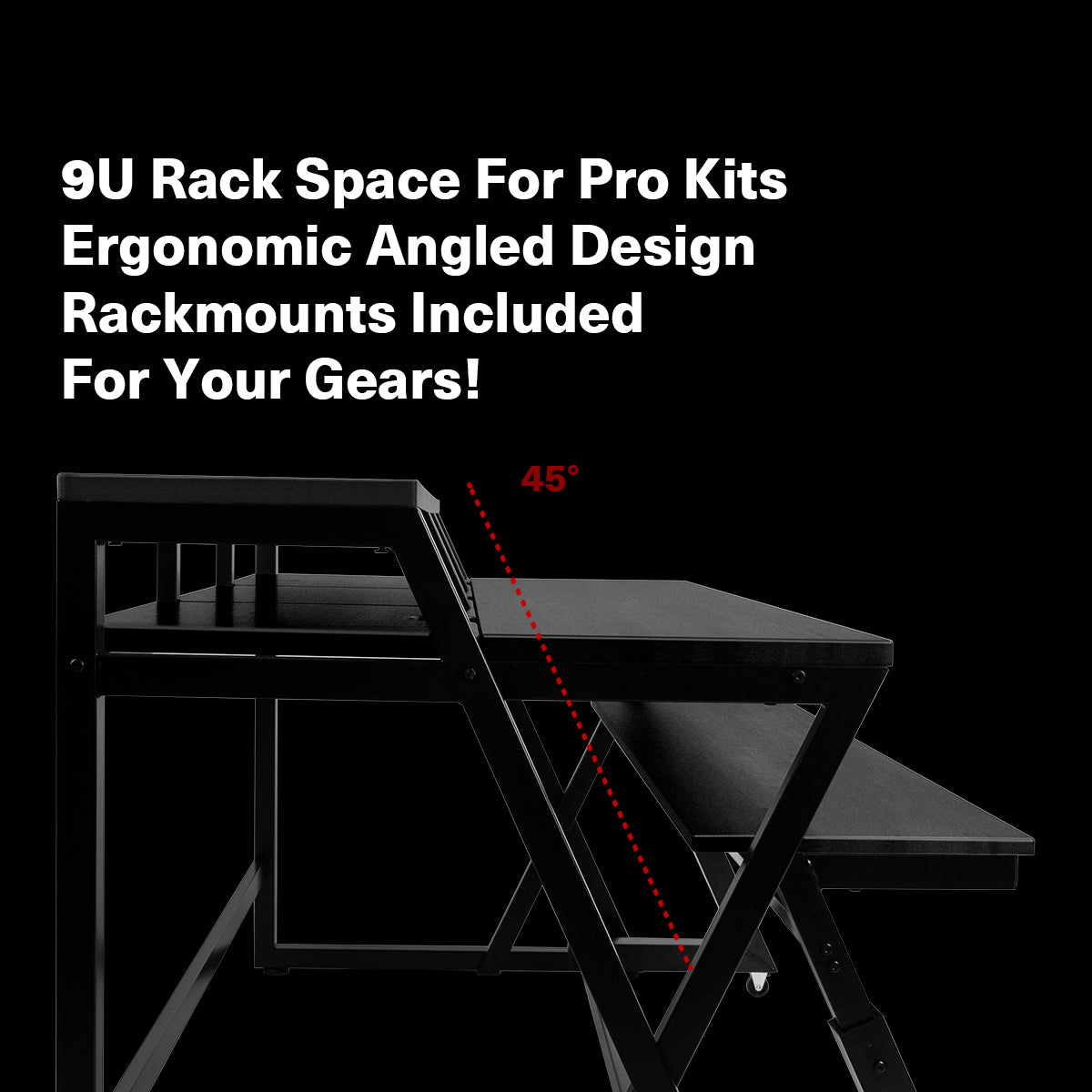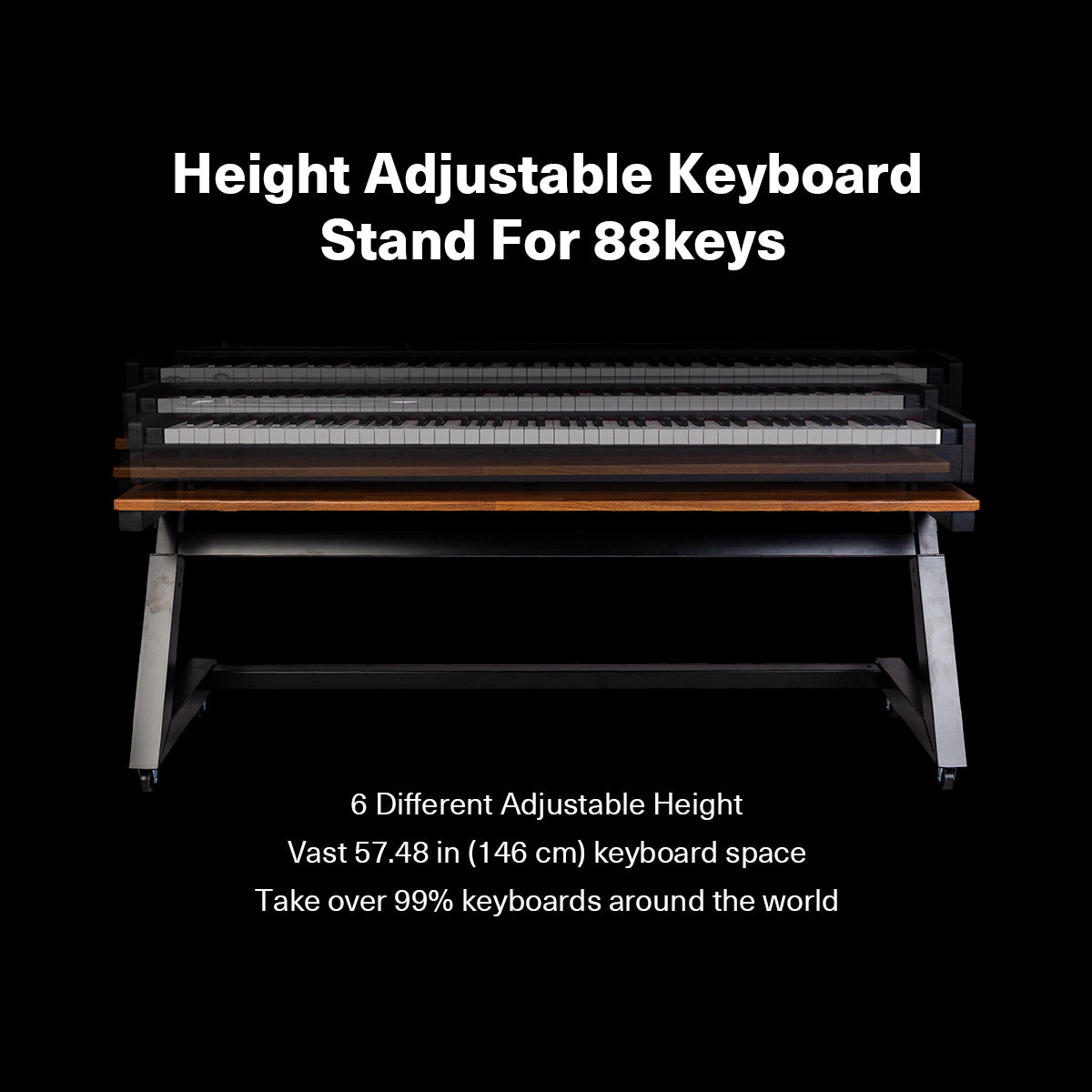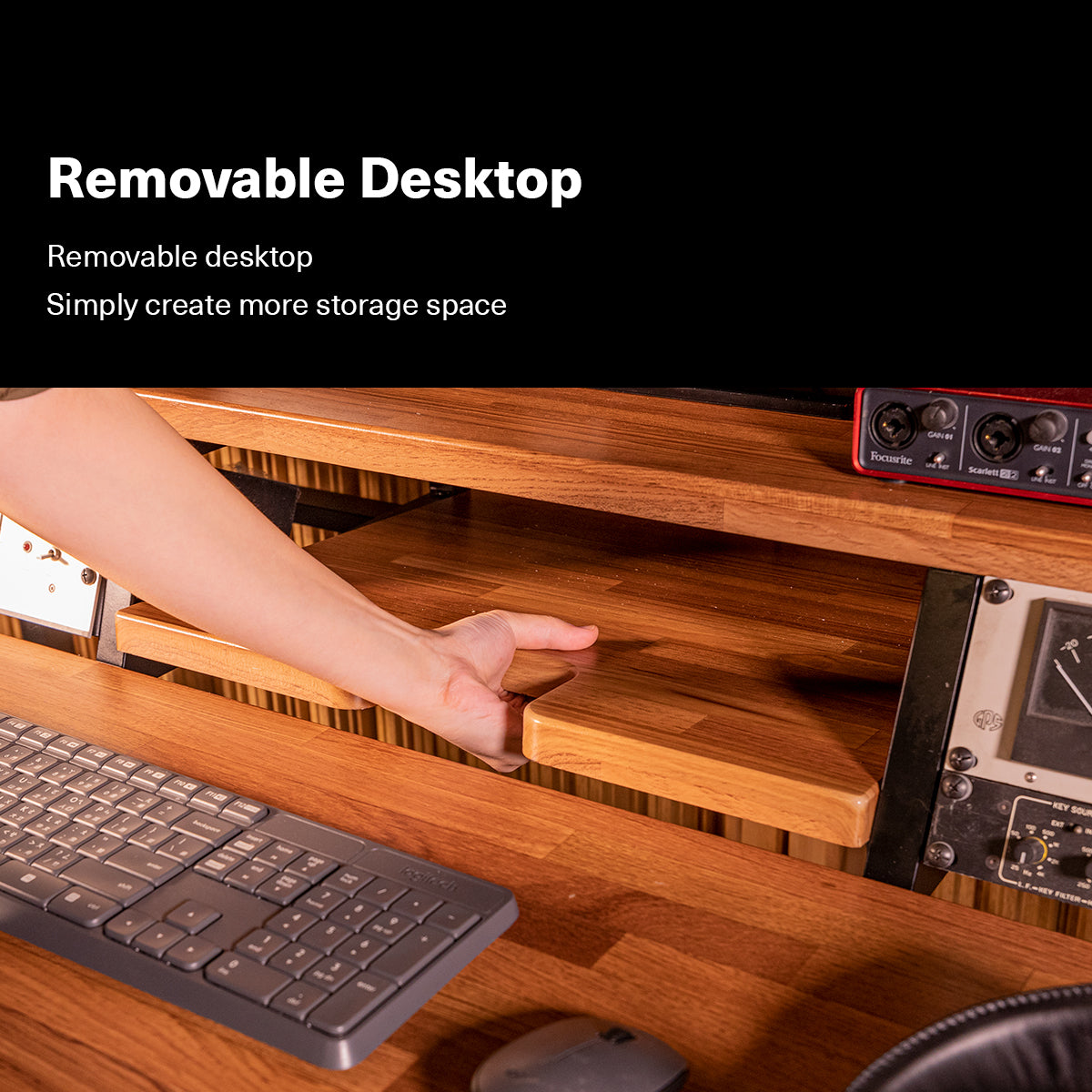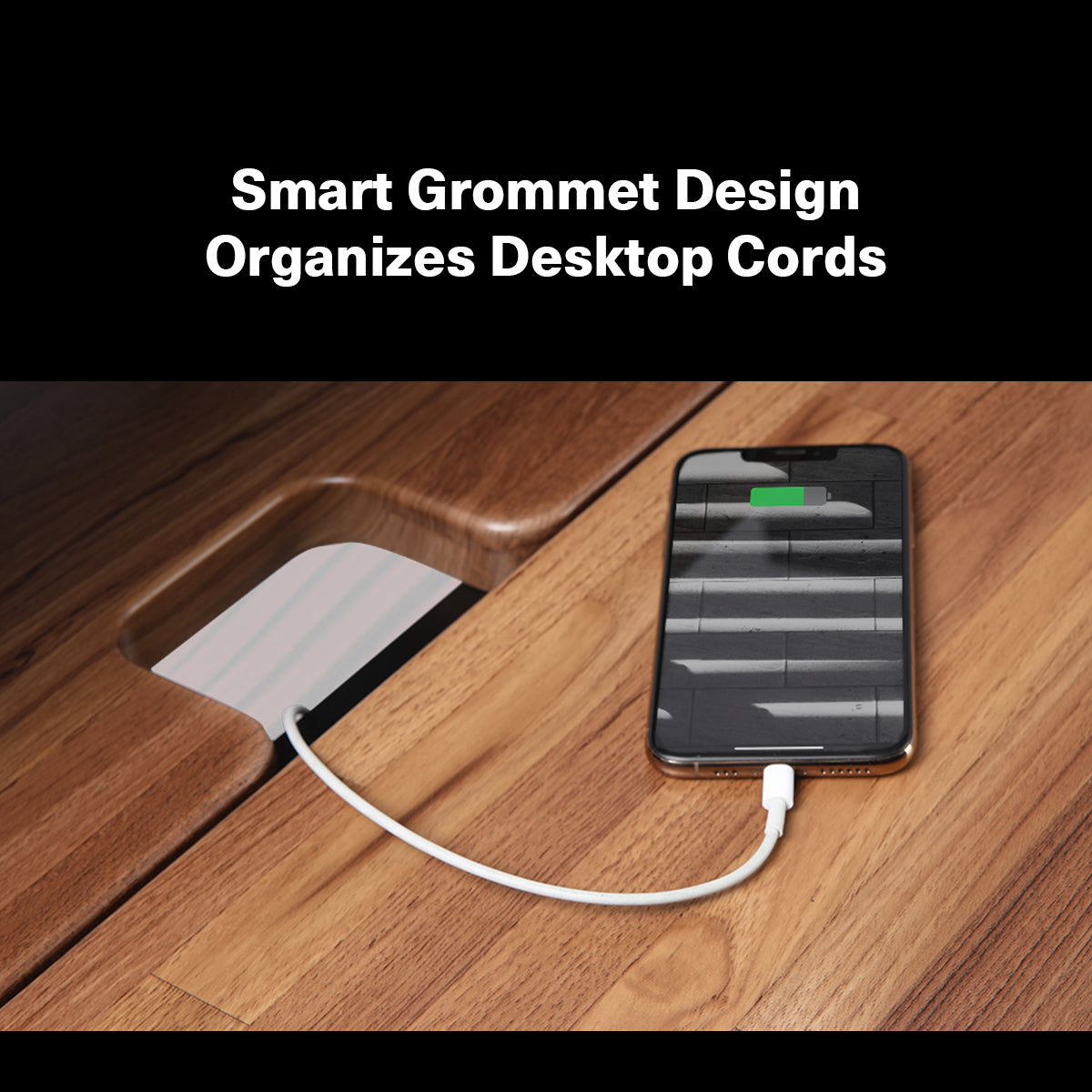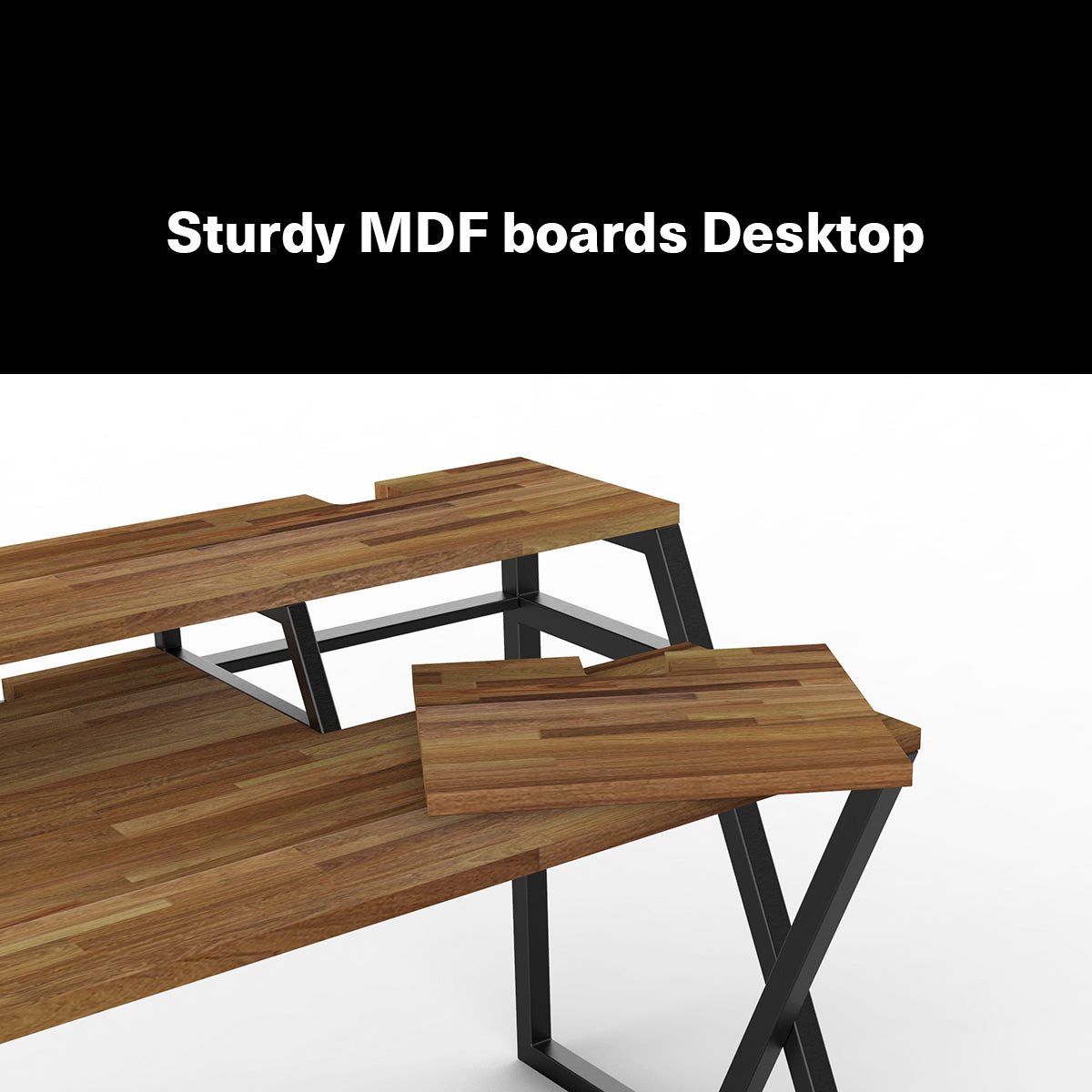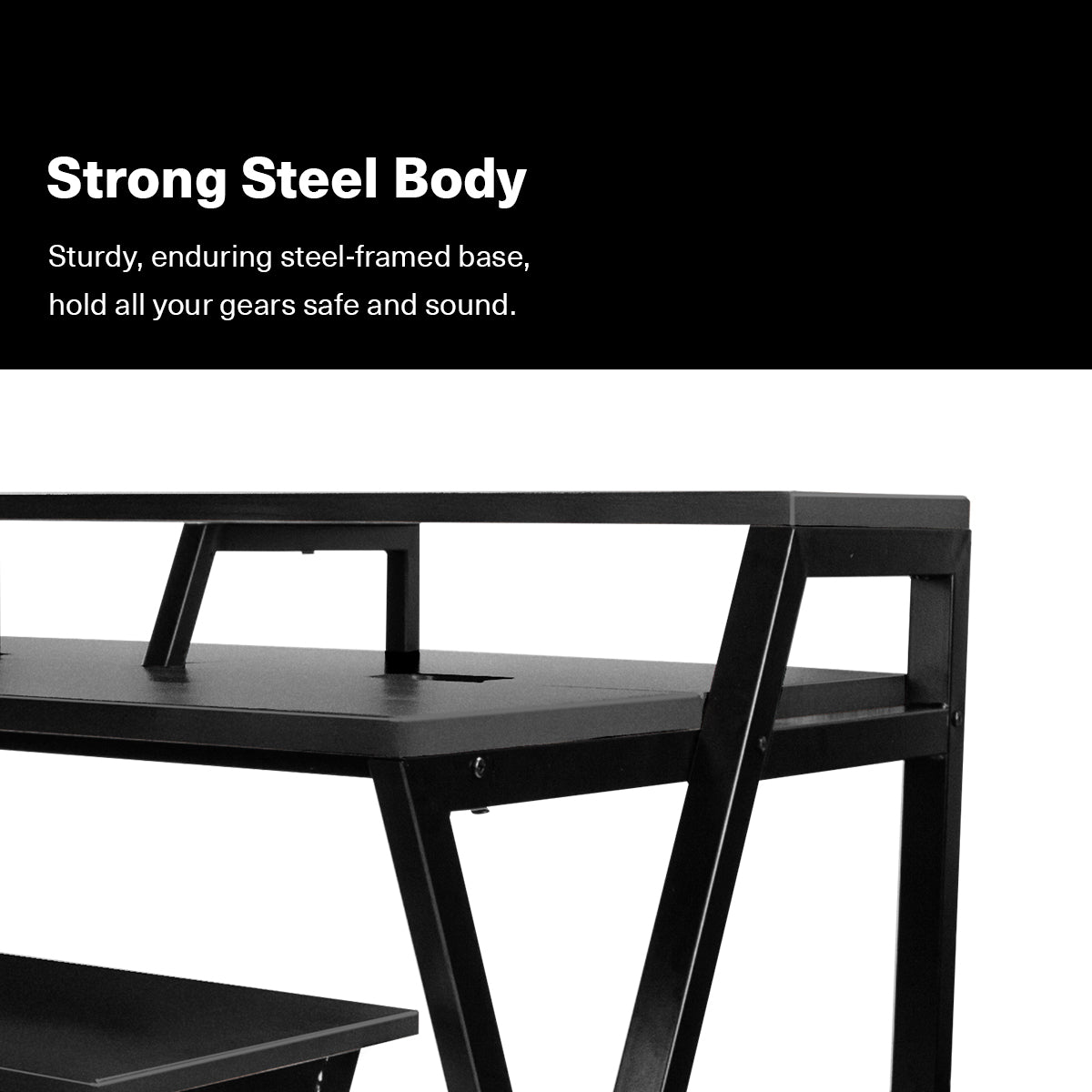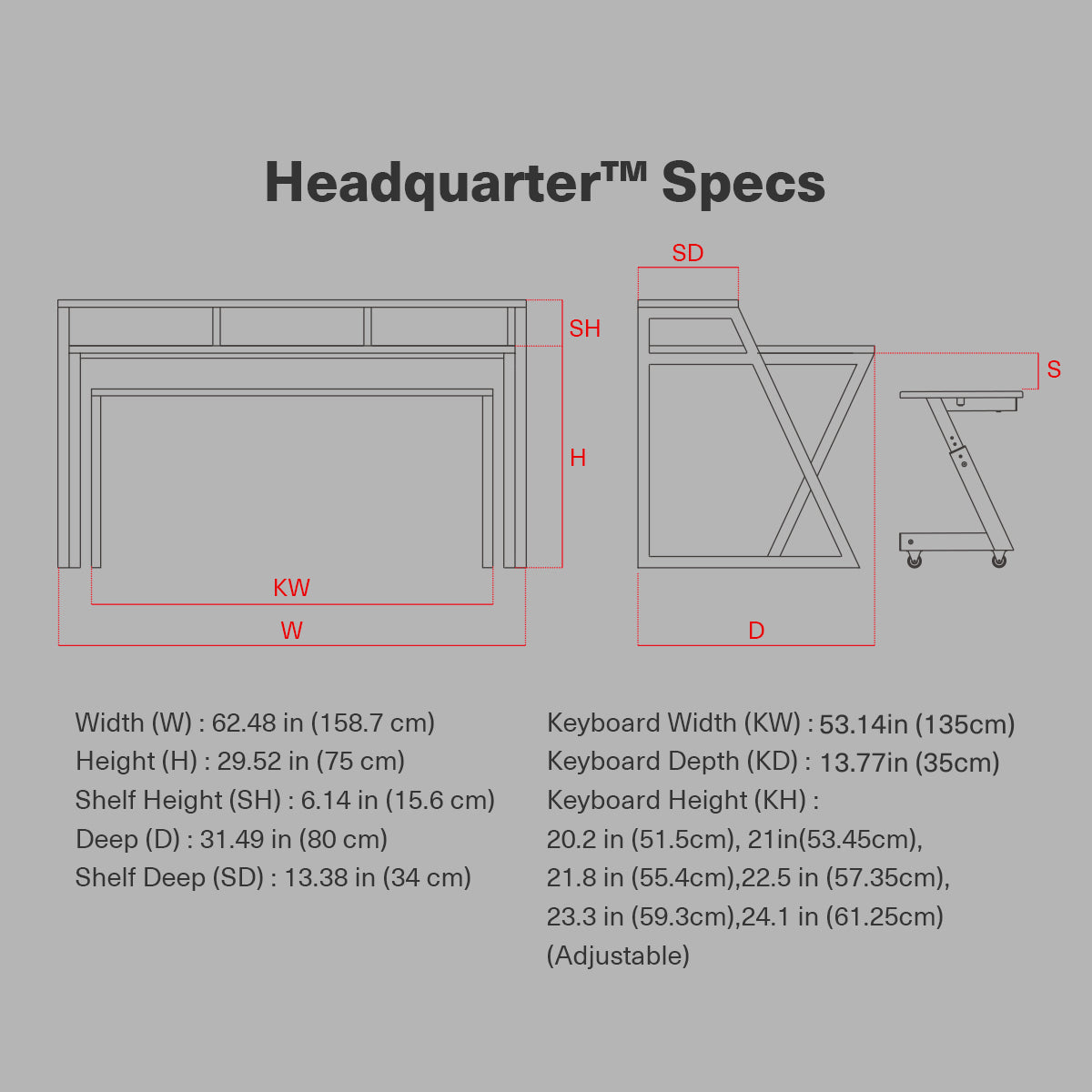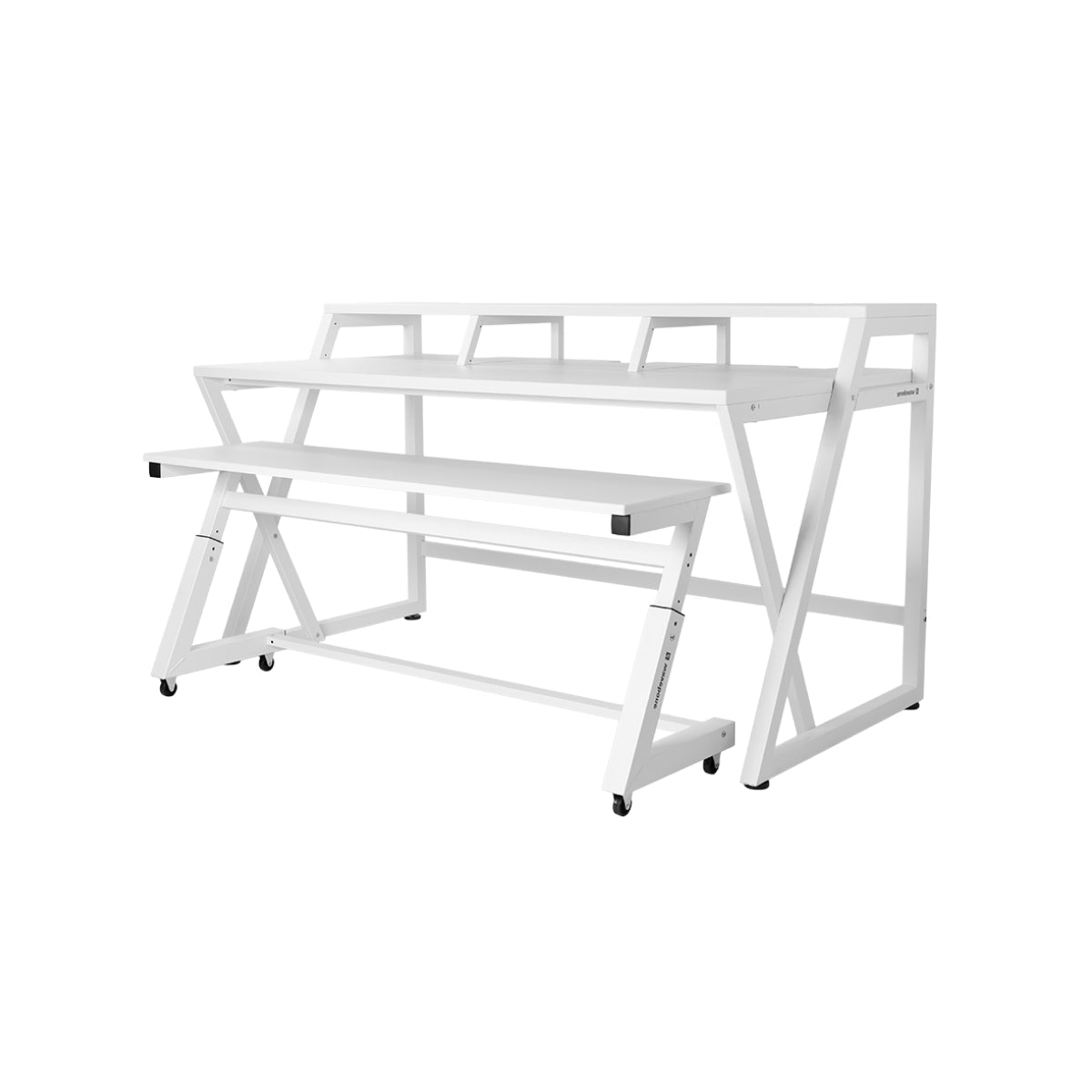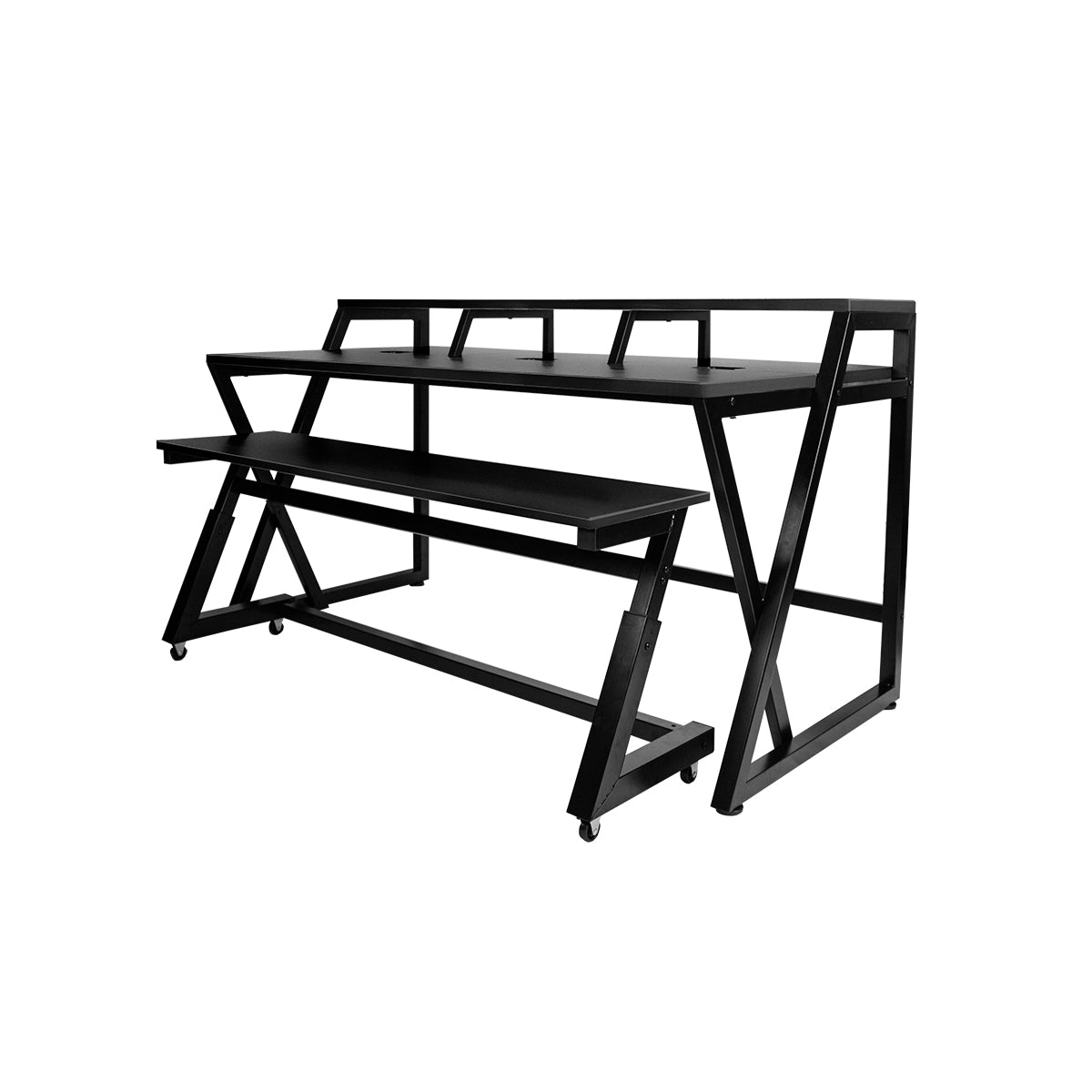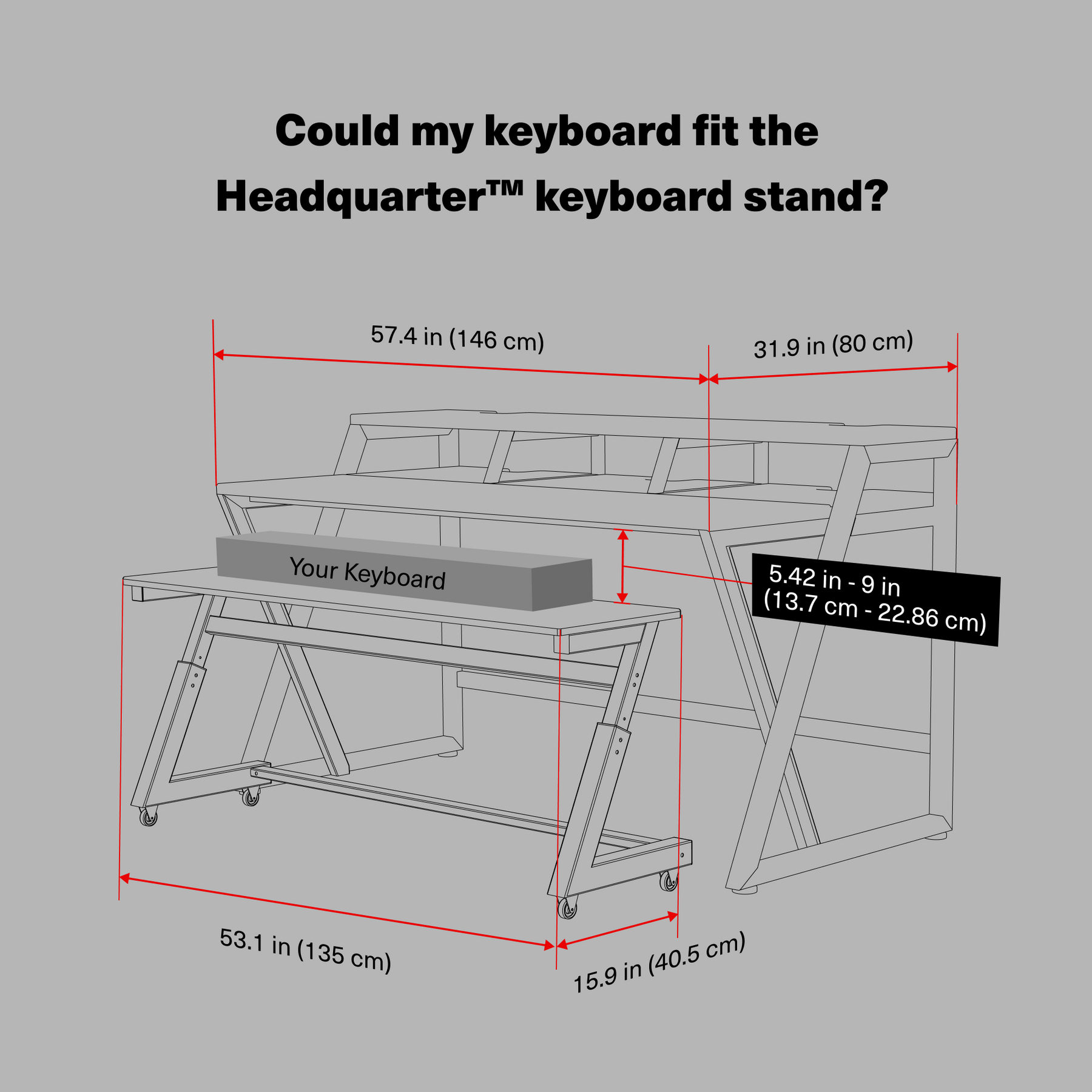Backbone Music Professional Interview: Singer/Songwriter and Drummer - Ray Ching
2023 was the year when Ray Ching ventured outwards. Starting in the autumn, he went to Northeast Asia and the relatively warm Southeast Asia to perform, returning with wonderful experiences. His journey became the inspiration for his next album. His debut album, "Dive & Give," began from Taiwan's eastern region, documenting his travels and his emotions and longing for home. With new creations in mind, he aimed to venture even further, continuing to compose during his tour. The music from those distant places seemed to beckon him: "Music closer to the equator feels more direct sensorially." In places like Japan and Korea, taste is the focus, while Southeast Asian music is diverse and rhythmically intense. He wanted to collect that flavor. "Their reactions are passionate and direct. Even if they don't understand what I'm singing about, as long as the songs are tightly arranged, they'll scream in response."

All New Collaborations
The Asia tour was, in fact, a "co-creation experiment." While past tours often packed schedules tightly, Ray Ching stayed in each location for several days. Apart from seeking out different musicians, he also invited local musicians to collaborate, delving deep into the culture and urban wilderness of each city, leaving behind independent creations limited to that time and place. "I set a goal to write three new songs myself at each performance location, it's like putting a puzzle together. I've recently become obsessed with setting limitations on myself to complete some creative work."
Setting out on each journey didn't always go as expected. Local musicians passed away suddenly, and band members fell ill due to the change in environment. Creativity had to adapt to the circumstances. Ray Ching traversed cities and islands in Japan, Korea, the Philippines, Indonesia, nurturing his endurance, abandoning some planned itineraries but also experiencing many surprises, gaining a deeper understanding of himself. "A musician I really wanted to collaborate with left due to a heart attack. It wasn't until the third day that we finally found out why he didn't show up. With only three days left, there was no time to dwell, so we had to find local bamboo instruments and try to understand the local music in the fields. But this kind of creativity is very fulfilling."
On the other hand, he also felt constrained by the environment and various political factors. In some places, the entertainment and music industries struggled to carve out their own identity. This made him appreciate even more the creative freedom in his hometown and the support of his fans. "Rappers are executed for their lyrics being too radical, and Israeli bands find themselves performing while their country is at war. After telling heavy stories, they still get on stage to sing and dance to happy and passionate songs. More conflict also makes us feel our own freedom." "You can still feel that passion and vitality, but after performing in these places, you will cherish Taiwan's environment even more. The relationships and pricing in the music industry are different from what we know, which makes me think a lot and makes me want to spend more time expanding my horizons and being stimulated."

“ ‘Divide & Give' has a bigger production. During that time I just want to showcase all my creation. Listen to it now. I still like ‘Real World’. It is a very full song, but its energy is closest to mine.”
After the release of "Dive & Give" couple years ago, the music took Ray Ching to many places for performances, marking a journey beyond his debut album's self-expression. Hoping to move forward, Ray Ching aims to draw creative energy from his travels and accumulate material for his next album, which will blend his adventures with social observations and depictions of cultural differences. Among the completed new songs is one inspired by his visit to the famous haunted house in Indonesia, "Lawang Sewu," where a series of mixed and eerie feelings accumulated, leaving him deeply affected both in the moment and upon his return home, spawning new music. He wants the next album to take on the perspective of an explorer, turning these encounters into stories that will be expressed through very rock 'n' roll music.
In addition to his personal work, Ray Ching serves as a producer in a collaborative album with director Birdy. It's a field recording road project about travel, breaking away from the rules of the studio and recording music in the back of a camper van. Ray Ching hopes to capture the present moment regardless of weather or terrain, faithfully presenting details. "It's an emotionally charged instrumental album, and I hope listeners can immerse themselves and vividly arrive through their imagination." At the same time, he's also crafting his own drumsticks, carving them from wood collected from various places in Taiwan to produce fresh sounds. After completing the tour at the end of the year, Ray Ching also plans to bring personal solo concerts in 2024, showcasing the stories from these times during his performances.

"The positioning of sound is crucial for music creators. Headquarter™ has already reserved space for speaker stands, making it smoother to set up without the need for adjustments or stacking, which is much more efficient than a regular desk."
"I've imagined this space as a gathering space where many different musicians come together. If you want to accommodate different people creating different music together, whether changing instruments or tracks, you might have to reconnect power or adjust positions. But now, there's no need to redo the wiring, and there's really a lot of space for flexible movement. Even with many people here, it doesn't feel crowded. I hope everyone who comes here can feel comfortable." "Now, whether it's large keyboards, synthesizers, etc., there's still plenty of space to place them. Encountering equipment you want to buy won't be limited by space. In addition to finally organizing musical equipment, a lot of time is saved on replacing equipment, making the studio more orderly."

" Wavebone Headquarter™ solves this problem for creators who need to use many different musical instruments, while also offering accessories for organizing cables. "With fewer cable clutter issues, space is saved to buy other effects devices. Compared to a regular desk, it's very user-friendly for musicians."

For Ray Ching, the most important aspect of the creative environment is the atmosphere and vibe. Whether it's the lighting or the sofa for resting, he believes that the comfort of the space upon entering is crucial. "There shouldn't be too many personal items, but people should feel comfortable finding their place once they enter. Here, everyone can play music together, jam together. I've divided the space into a stage area and a work area where many instruments can be placed, but people who come here don't need to be too formal."

"It's also very smooth and easy to move and slide, and when using different instruments, you can put down the armrests without needing to get up or change chairs! Of course, there are many different good chairs on the market, but the nature of a musician's work may require longer periods of use or the need to move different instruments. At these times, other chairs might feel a bit compromising, while the Viking™ chair makes me feel like I'm being served as part of this group of people."


